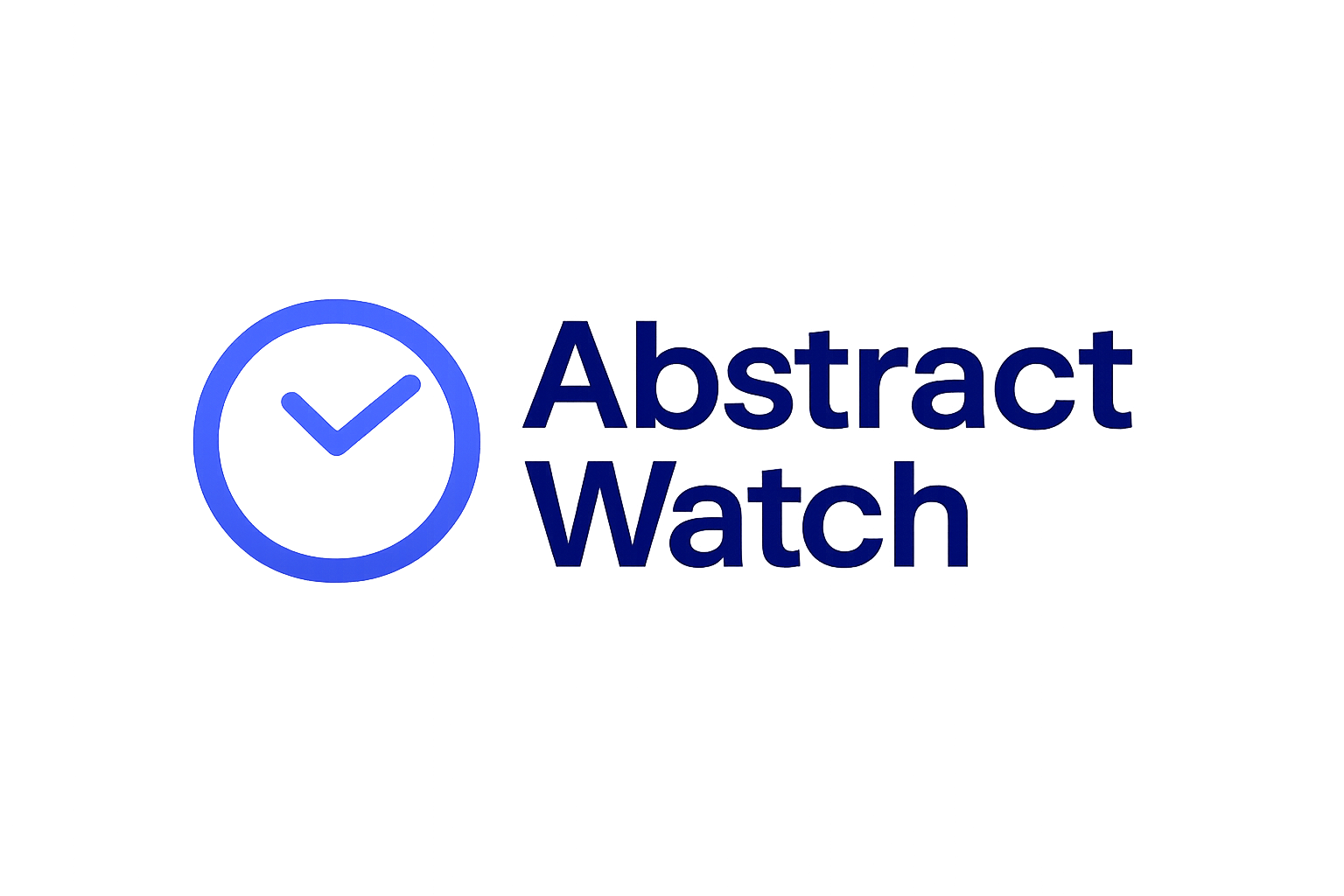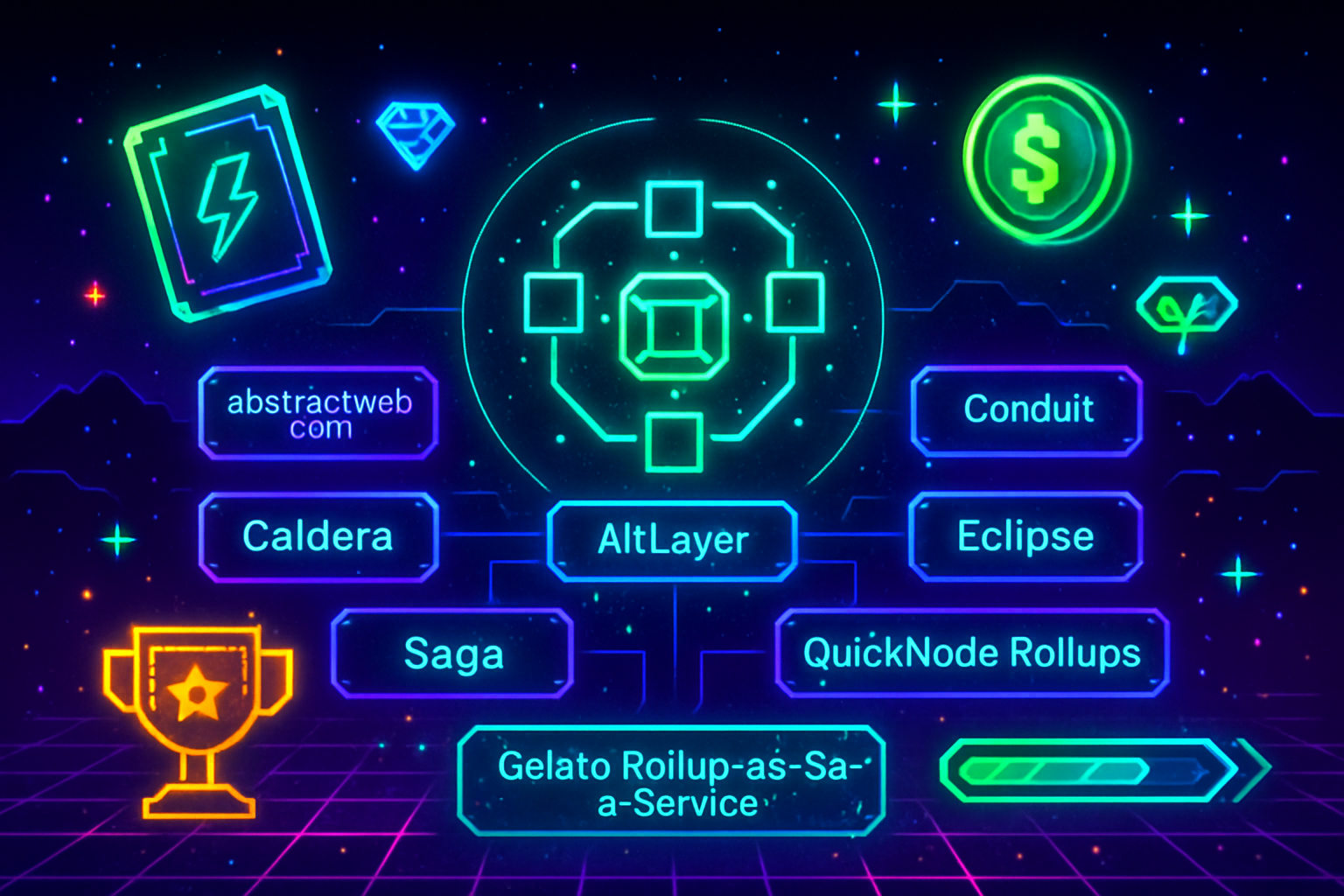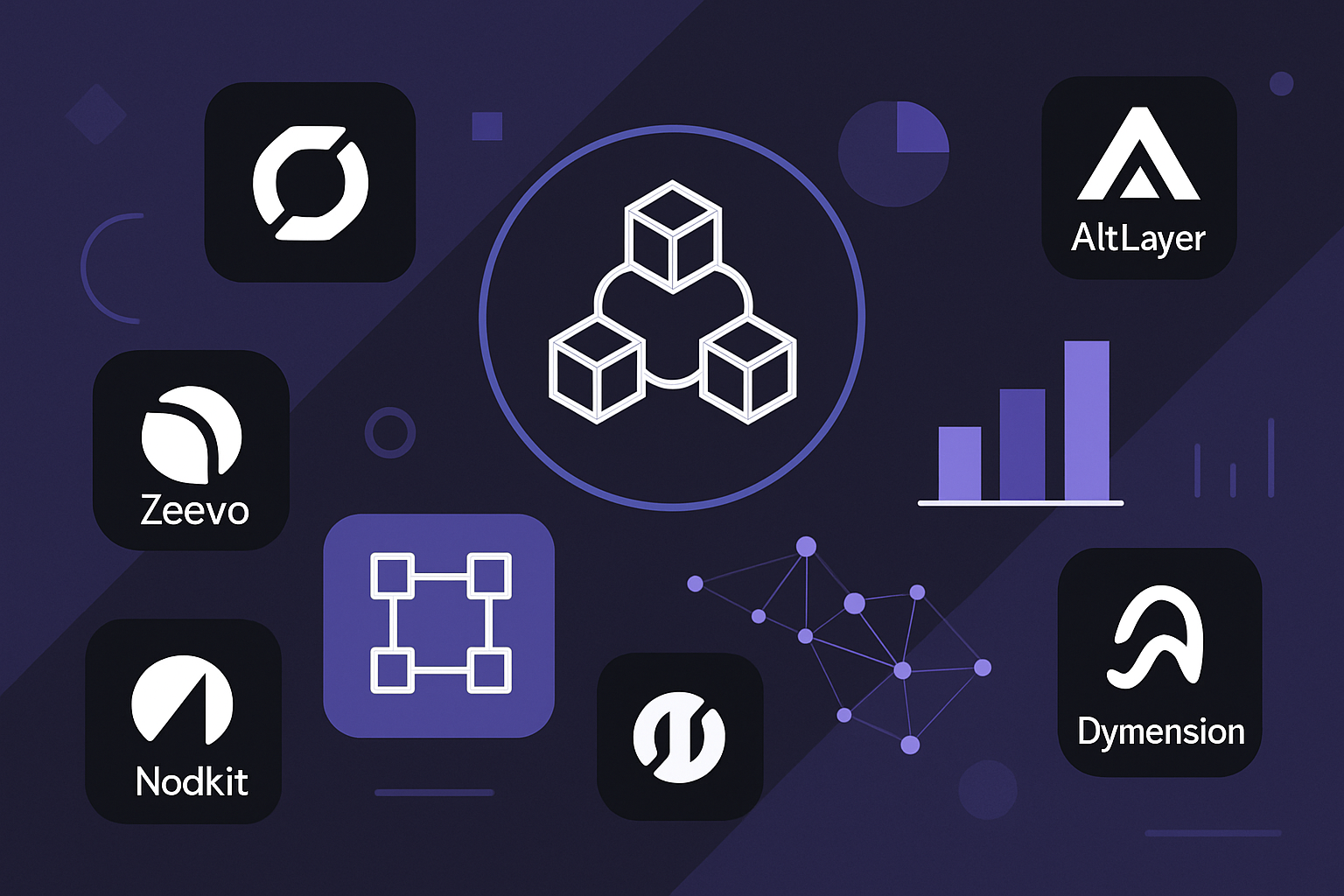
For Web3 startups, the difference between a successful launch and a stalled project increasingly hinges on infrastructure agility. In the rapidly evolving blockchain landscape, Rollup-As-A-Service (RaaS) platforms have emerged as catalysts, enabling instant appchain deployment and empowering innovators to focus on user experience rather than technical hurdles.

Why Instant Appchain Deployment Matters for Web3 Startups
The Web3 ecosystem thrives on speed and adaptability. Traditional blockchain deployment is notoriously complex, involving intricate node management, protocol upgrades, and security audits. These barriers can delay time-to-market and drain resources from product development. RaaS platforms address this by offering pre-configured templates, intuitive interfaces, and managed infrastructure, allowing teams to deploy custom rollups in minutes instead of months.
This new paradigm means startups can:
- Launch faster: No more waiting for bespoke infrastructure builds or wrestling with low-level code.
- Iterate confidently: With robust support and modular frameworks, teams can pivot or scale as user needs evolve.
- Focus on innovation: By abstracting away the operational burden, founders concentrate on building unique features and growing their communities.
The Core Benefits of RaaS for Next-Gen dApps
The advantages of Rollup-As-A-Service extend well beyond speed. For ambitious startups aiming to scale in competitive markets, RaaS unlocks several key benefits:
- Customization and Flexibility: Tweak transaction throughput, governance models, or tokenomics to suit your project’s vision. Platforms like Asphere even offer no-code deployment options for rapid prototyping.
- Scalability and Performance: By leveraging rollup technology, where computation and data are processed offchain, RaaS solutions like Zeeve ensure high throughput with minimal latency. This is essential for apps anticipating substantial user growth or transaction volumes.
- Cost Efficiency: Operational overhead is dramatically reduced as providers handle node management, monitoring, and upgrades. Startups reallocate resources toward core business goals instead of backend firefighting.
- Security and Compliance: Leading RaaS providers adhere to stringent security protocols and compliance frameworks so projects can build with confidence in regulated environments.
The Evolving RaaS Landscape: Notable Providers and Use Cases
The surge in demand for customizable rollups has led to a vibrant ecosystem of RaaS providers. Each offers unique strengths tailored to specific startup needs:
- Zeeve: Delivers auto-scaling node infrastructure, integrated block explorers, and seamless tool integration for frictionless rollup deployment.
- Asphere: Pioneers a no-code framework in partnership with the Web3 Foundation, ideal for teams seeking rapid Polkadot-based rollup launches without deep technical expertise.
- Tokyo Techie: Offers one-click support for both Optimistic and zk-Rollups with an emphasis on robust security measures from day one.
This diversity allows startups to select the optimal blend of performance, customization, and regulatory alignment for their specific use case. As highlighted by QuickNode’s recent analysis, RaaS is not just about technology, it’s about accelerating innovation cycles across DeFi protocols, NFT platforms, gaming ecosystems, and beyond.
If you’re interested in how these platforms further simplify the journey from idea to mainnet launch, or want practical steps for evaluating providers, explore our deep dives such as How One-Click Rollup Deployment Is Accelerating Appchain Adoption in Web3.
For founders, the ability to deploy an appchain at the click of a button is no longer a futuristic promise, but a present-day reality. What sets leading Rollup-As-A-Service (RaaS) platforms apart is their relentless focus on developer experience and operational reliability. With industry-leading uptime and comprehensive monitoring, these services ensure that mission-critical dApps remain accessible even during periods of peak demand.
Essential Features to Seek in a RaaS Provider
-

Rapid, No-Code Deployment: Look for platforms offering intuitive, no-code or low-code interfaces, enabling startups to launch custom rollups in minutes without extensive blockchain expertise. Providers like Asphere exemplify this with their no-code Polkadot rollup deployment framework.
-

Comprehensive Customization Options: The ability to tailor core parameters—such as transaction throughput, governance models, and tokenomics—is vital. Leading providers allow deep customization to ensure your appchain aligns with your unique business logic.
-

High Scalability and Performance: Choose a RaaS platform that leverages advanced rollup technology to deliver high throughput and low latency, supporting applications with significant user and transaction volumes. Zeeve is notable for its auto-scaling node infrastructure.
-

Integrated Security and Compliance: Security is paramount. Opt for providers adhering to robust security standards and offering compliance frameworks to meet regulatory requirements, minimizing operational risks.
-
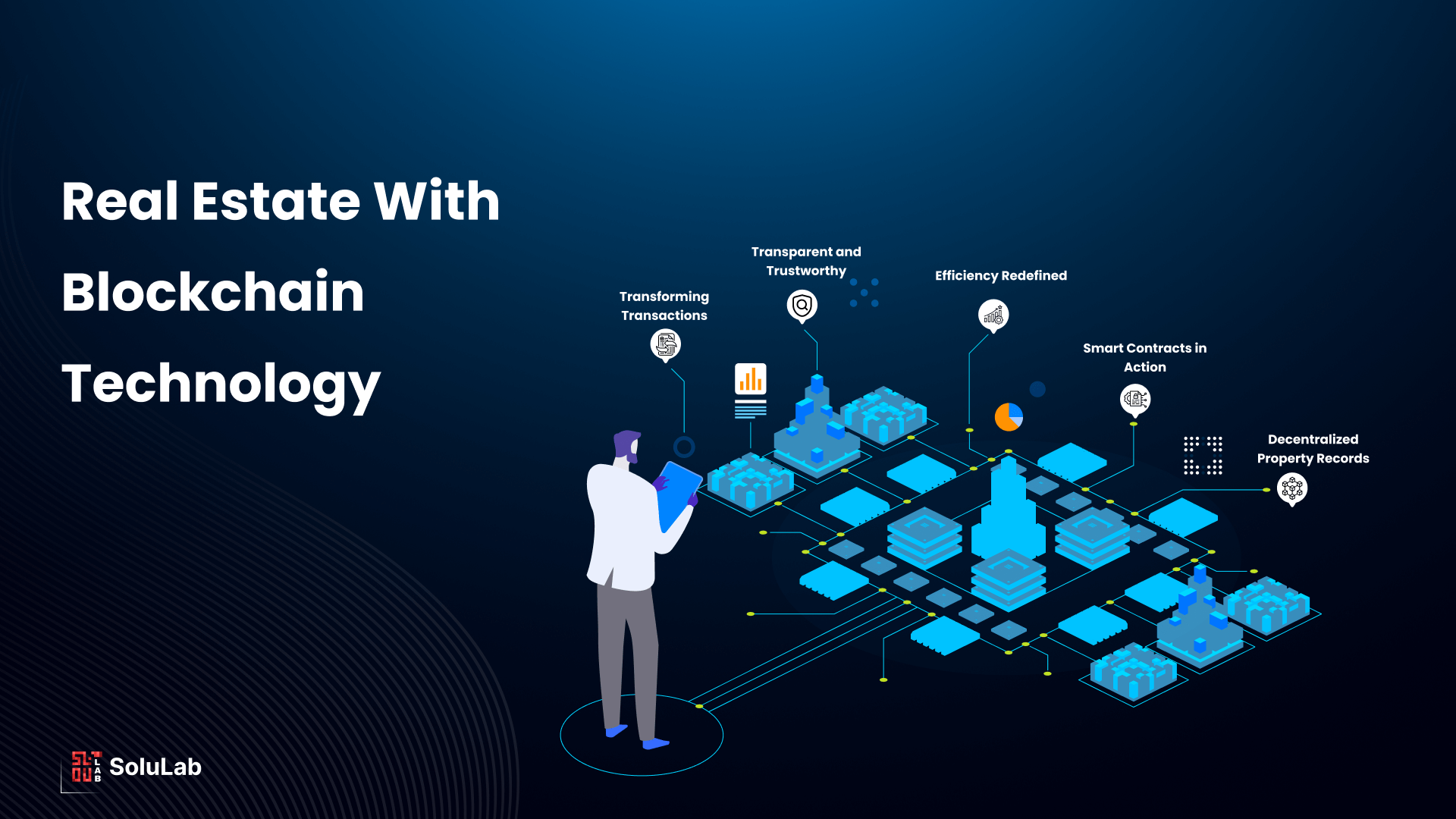
Cost-Efficient Operations: Effective RaaS platforms abstract away infrastructure management, reducing overhead and freeing resources for core development. This includes automated monitoring, node management, and transparent pricing models.
-
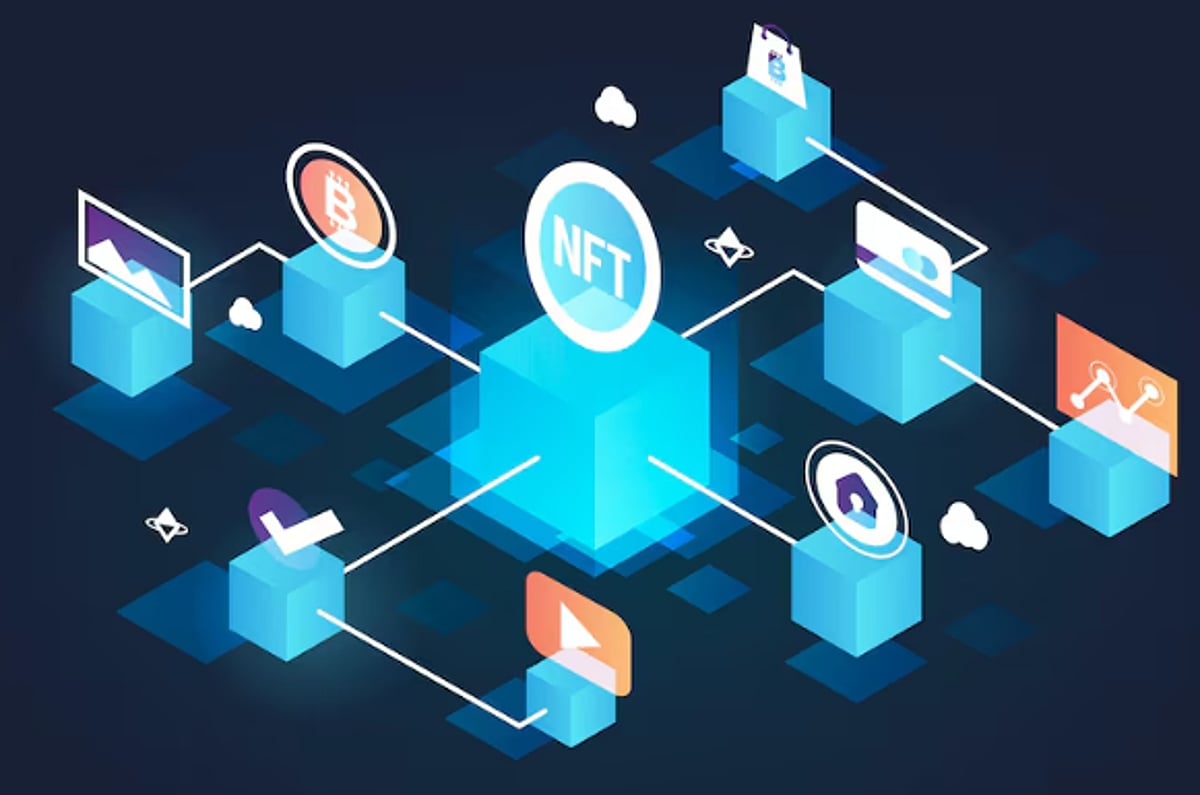
Seamless Tooling and Ecosystem Integration: Ensure the provider offers integrations with essential tools—block explorers, analytics, wallets, and bridges—to streamline development and enhance user experience. Zeeve and Tokyo Techie both emphasize broad integration support.
How RaaS Accelerates Web3 Startup Growth
Speed to market is critical in Web3. By removing infrastructure bottlenecks, RaaS platforms empower startups to:
- Test and iterate MVPs rapidly: Launching multiple testnets or production-grade rollups becomes trivial, enabling agile experimentation.
- Scale with confidence: As user adoption grows, auto-scaling infrastructure ensures performance remains consistent without manual intervention.
- Expand into new verticals: Modular design means teams can easily adapt their appchain for DeFi, gaming, NFTs, or enterprise use cases as opportunities arise.
This flexibility is driving a new wave of innovation. For example, NFT marketplaces are leveraging app-specific rollups to eliminate congestion and reduce gas fees for artists and collectors. Meanwhile, DeFi protocols are launching isolated rollups to enhance composability while maintaining robust security guarantees.
Key Considerations When Choosing a RaaS Platform
The growing number of providers means startups must carefully assess their options. Prioritize platforms that offer:
- No-code or low-code deployment paths for fast onboarding
- Transparent pricing models with clear cost controls
- Comprehensive documentation, active support channels, and integration with popular developer tools
- Bespoke security features and compliance modules, especially if operating in regulated sectors
- Ecosystem connectivity, ensuring your appchain can interoperate with major blockchains or bridges as needed
If you’re evaluating your first deployment or planning to scale an existing project, resources like our guide on how Rollup-As-A-Service simplifies app-chain deployment for blockchain startups can help you navigate technical trade-offs.
The Future: Composable Scalability for All Builders
The rise of RaaS is not just streamlining blockchain development; it’s democratizing access to scalable infrastructure. As more providers compete on usability and feature depth, expect even greater abstraction of complexity, enabling non-technical founders to launch production-ready blockchains as effortlessly as spinning up cloud servers today.
This shift places the power of composable scalability directly into the hands of builders across every sector, from decentralized social networks to next-generation financial primitives. The result? A more dynamic Web3 ecosystem where ideas move from concept to global impact faster than ever before.
The competitive edge now belongs to those who can leverage these new tools most effectively. For those ready to accelerate their journey from prototype to mainnet, and beyond, Rollup-As-A-Service offers both the foundation and the flexibility required for lasting success in Web3.
